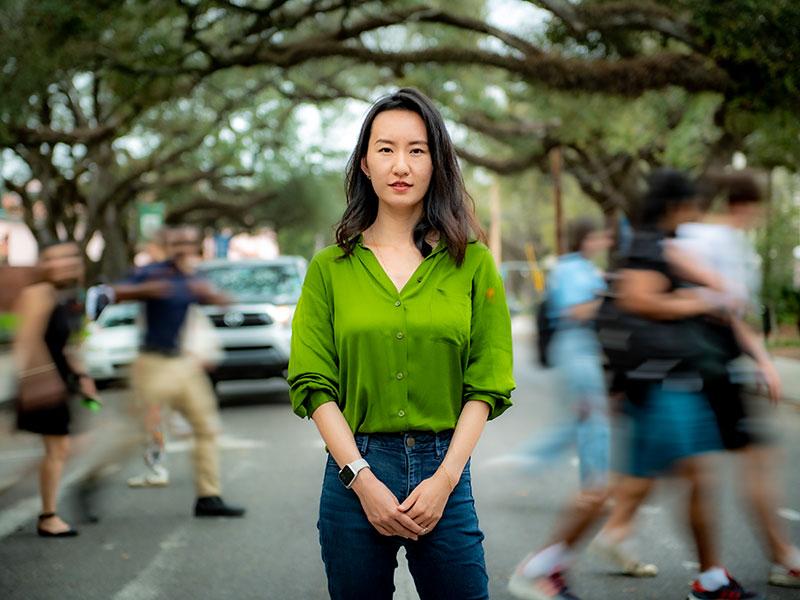Study finds national rise in alcohol and marijuana use among college students as more states legalize pot
Simultaneous alcohol and marijuana use among college students is on the rise across the country, according to a new Tulane University study published in the journal Addictive Behavior Reports.
The proportion of U.S. college students using both substances increased to 8.44% during 2015-2019 from 8.13% the previous four years, according to the study which examined data from National Survey on Drug Use and Health. The survey includes responses from nearly 56,000 full-time college students ages 18 to 22.
Simultaneous alcohol and marijuana (SAM) use is defined as using both at the same time or within a couple of hours of each, resulting in various cognitive, social, physical, academic and occupational consequences.
“Simultaneous alcohol and marijuana (SAM) use exposes college students to a myriad of adverse consequences,” said lead author Audrey Hang Hai, an assistant professor of social work at Tulane University School of Social Work. “However, there (was) no recent nationally representative study on SAM use among college students in the United States.”
The study compared survey data from 2006-2019 when more states were increasingly legalizing marijuana use, including medical marijuana use, which was linked to increases in overall marijuana use among U.S adolescents and young adults.
While the SAM prevalence rates of most racial/ethnic groups largely remained stable between 2006-2019, the study found an increase among Black students, especially between 2018-2019.
“This sharp increase in 2019 roughly coincided with and could possibly be attributable to the beginning of the widespread attention to racism and police brutality and the concomitant rise of feelings of distress around these issues in the Black/African American community,” the study says.
The full study is online here.

